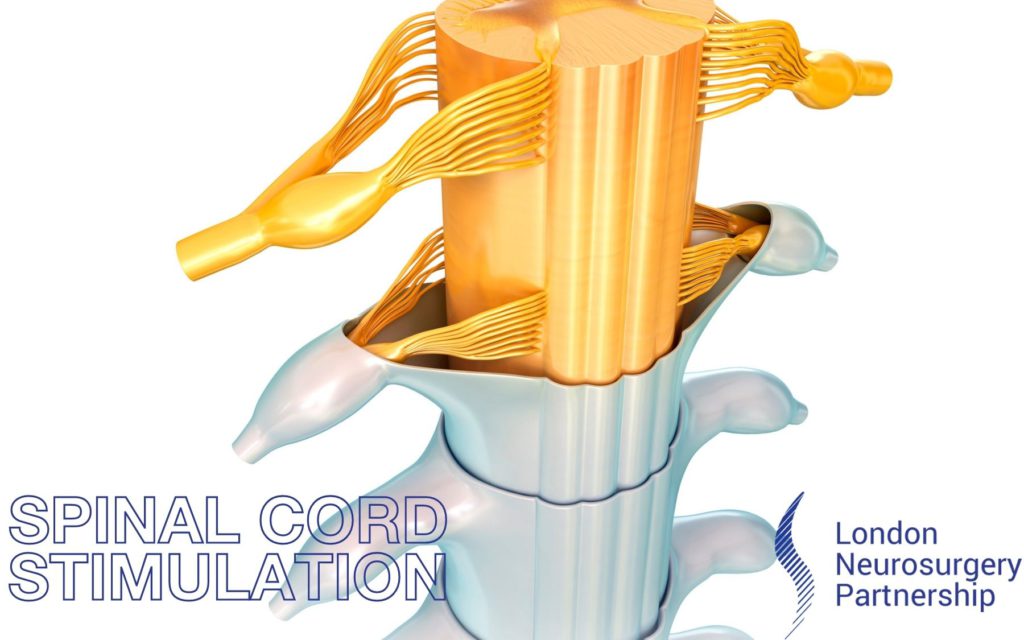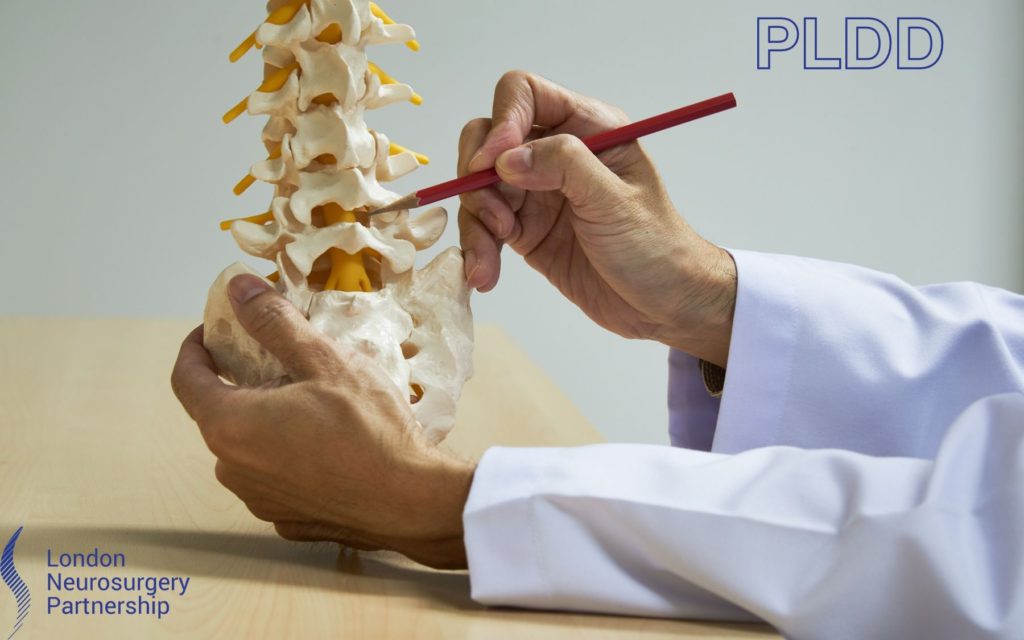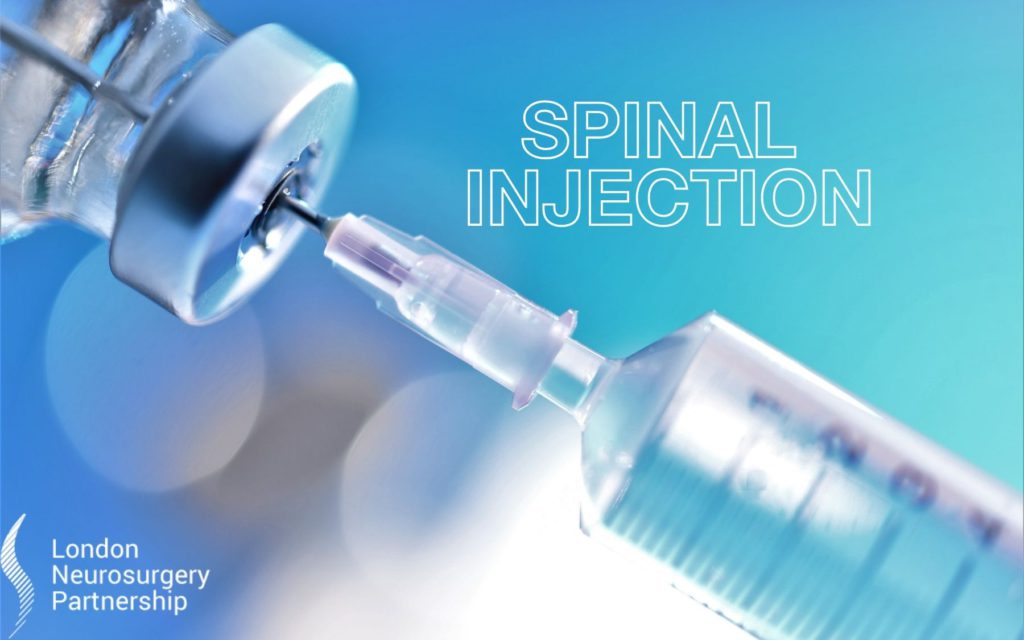
Mr Bassi, syringomyelia and shunt specialist, explains all about a syringosubarachnoid shunt.
A syringosubarachnoid shunt is used to drain a build-up of fluid in the spinal cord as a result of syringomyelia. Syringomyelia is a rare disorder but its impact on patients’ quality of life can be devastating. The exact cause remains unknown but the patient develops a syrinx (fluid filled cyst) in the spinal cord which will get larger over time and will start to compress and damage the spinal cord. The syrinx can either be idiopathic (unknown cause) or associated with conditions such as Chiari malformation, scoliosis, malignancy, infection and trauma. When the syrinx becomes larger it can compress the spinal cord and cause symptoms including:
- Headache
- Weakness, numbness and stiffness in the back, legs, arms and shoulders
- Intense pain in the neck and shoulders and face
- Difficulty walking
- Muscle weakness and signs of wasting
- Reduced sensitivity (unable to feel hot or cold)
- Loss of pain sensation
- Bladder and bowel dysfunction
- Scoliosis (spinal curvature)
One of the treatment options for syringomyelia is a syringosubarachnoid shunt. A syringosubarachnoid shunt is a thin flexible tube used to redirect fluid from within syrinx in the spinal cord to the surrounding fluid-filled space (subarachnoid space), with the aim of relieving pressure. The neurosurgeon will insert one end of the shunt into the syrinx, with the other end draining into the subarachnoid space, allowing fluid to leave the syrinx, with the aim of relieving pain and preventing neurological deterioration.
Your surgeon will discuss the risks and benefits of the procedure with you throughout the decision making process. They will also talk through the surgical technique with you in more detail and answer any questions you may have.
See an article by Mr Bassi on the surgical technique.
This article is intended to inform and give insight but not treat, diagnose or replace the advice of a doctor. Always seek medical advice with any questions regarding a medical condition.





0 Comments